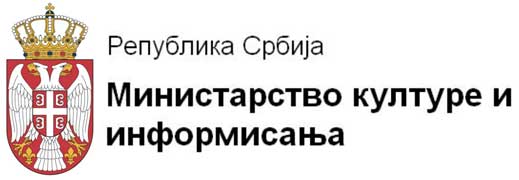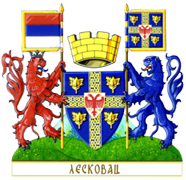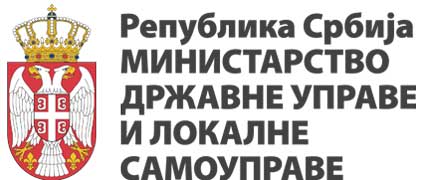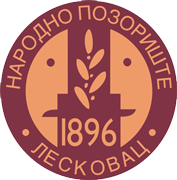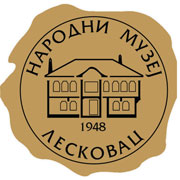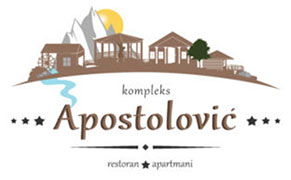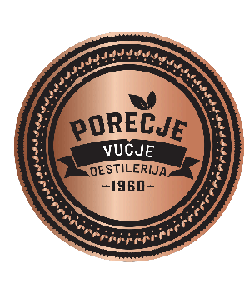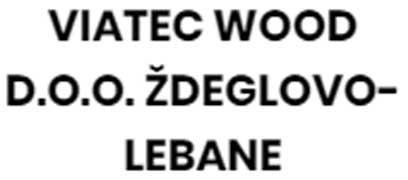Can something that was good and beautiful happen again?
Personal human histories have their own moments of zenith; those who can reach the zenith twice during their lifetime are quite rare. These rare occasions discourage us from trying to once again, "relive," ourselves, as it were, at our best. Instead, far too often do we rely on memories and dwell on the, “good old days,” which, pine though we may, have gone never to return.
What applies to people can often be applied to human society. Cities belong to the most complex forms of human social organizations and their golden eras have left deep traces on our collective histories.. Athens, Venice, Florence, Cordoba, St. Petersburg: in some cases the golden era of cities never returned. But in some cases the “best days” have re-occurred, because cities are not human and they do not necessarily have a life cycle that leads them from their zenith to a definite and finite end. History is a race, one in which it is quite possible to return to a higher rank once occupied.
One place on this planet that lived and experienced the pleasure of a “golden age” is
Leskovac, a small city in south-eastern Serbia. The Industrial Revolution decided to enter into a small and young state in the Balkans at the end of the nineteenth century by means of several entrances. One of these was the city of Leskovac, a town some 2650 kilometers removed from the actual Manchester, the first industrialized city in the world. Industrialization was the reason why Leskovac received the nick-name, “Little Manchester.” This flattering title was bestowed on the city due to its factories and dealers, financial institutions and banks, its electrification and its location which was convenient for traffic; but all this is discussed in the previous chapters.
After nearly 60 decades, the golden age of Serbia and Yugoslavia’s Manchester was interrupted by the Second World War, particularly on account of the heavy bombardment of 1944. It was then that private initiative was replaced by the state’s control over the economy and this would later come to be replaced upon the disintegration and collapse of the Yugoslavian model of socialism. Leaving its best days behind, Leskovac has went forth into the new millennium, onto the days of privatization and attempts at a return to globalized capitalism which the global economic crisis of the modern era helped usher in. History has not been inclined to give Leskovac a chance to be a light that leads Serbia into the new industrial age for a second time. Amongst other things, this is because Serbia was left with
almost no industry by the end of the previous century.
This book serves to remind us that once upon a time there was a will and eagerness to create something good and beautiful: for a city to connect with cities that have prospered on the wings of newly constructed industries and that one nation chose not to remain on the sidelines of world progress. Can a good and beautiful thing happen once again, in the current time of rapid change, technological, industrial and communications revolutions? Can Leskovac create a new Manchester to serve as a model for the future? The answer to this question can only be given by the readers of this book and will be made apparent in the future that lies before them. But in order to arrive at a new destination, one has to know where one came from and how it once was when it existed.
And it did exist, sometime not so long ago. In a small town and experiencing its largest zenith.
Excerpt from the monograph
“The Golden Era Of Leskovac 1918-1941”
Zvonimir Šimunec
Mira Ninošević
Veroljub Trajković




